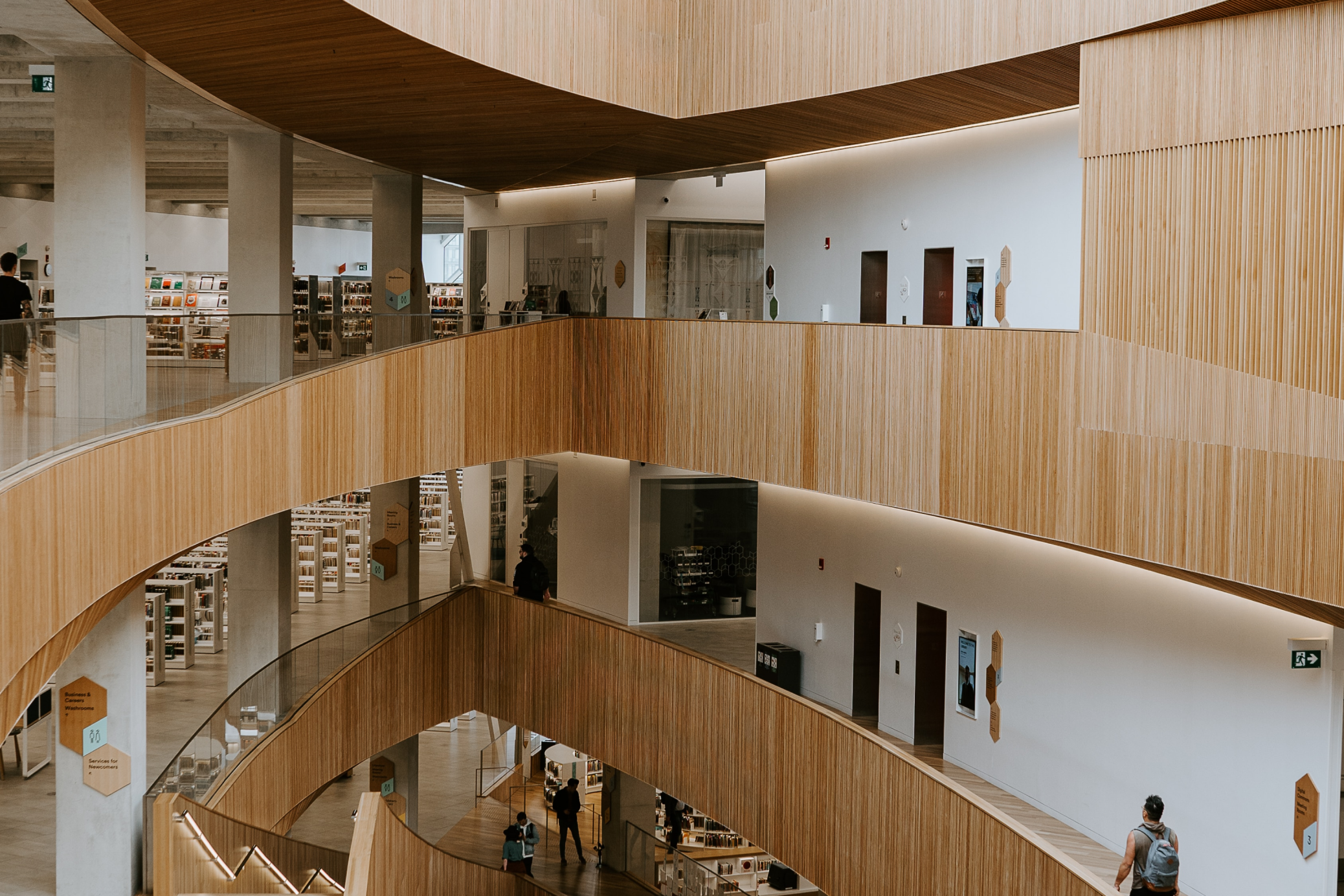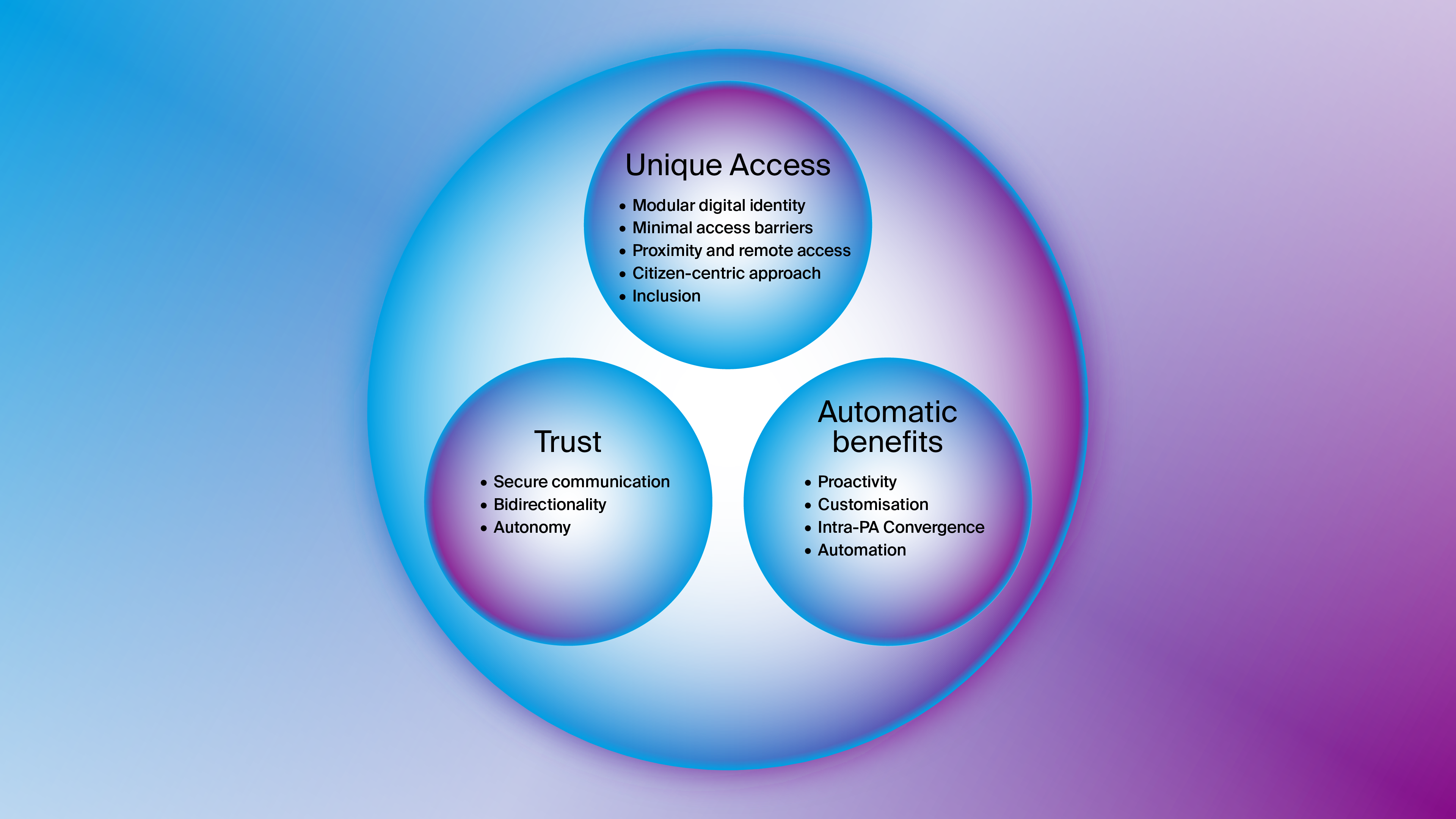We have been working with Public Administration for several years in various countries, and our projects with them have taught us a great deal. This is especially true when it comes to designing new levels of service and tools to offer to citizens.
The transition to the digital realm poses potentially more complex challenges for administrative bodies compared to those in the private sector while acknowledging the seriousness of both. The organisational ecosystem faces more significant repercussions as its primary goal is not just functionality but safeguarding the common good. To further complicate matters, bureaucratic structures have complexity, stratification, and historical depth uncommon in business. To illustrate this, one only needs to consult a public law manual or examine a law to appreciate the dense network of responsibilities, rights, and obligations that every citizen is called upon to navigate.
So, do bureaucratic systems, often slow and inefficient, really make sense to bring to the same level as private ones? Why do it?






